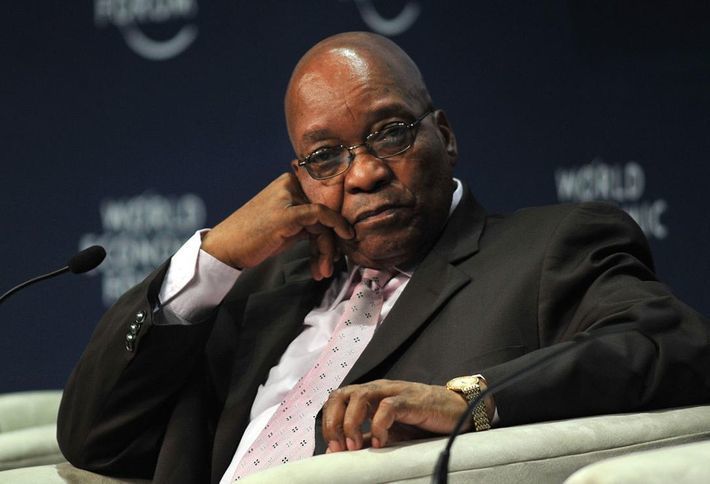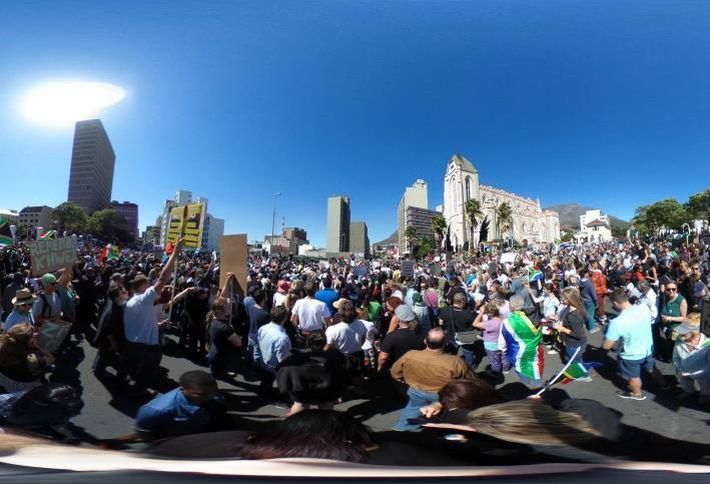by Mike Phillips

South African President Jacob Zuma
South African President Jacob Zuma narrowly survived a no-confidence vote held this week by the country’s parliament.The head of state, who leads Nelson Mandela’s ANC political party, remains in place, but South Africa also remains in a state of political and economic turmoil. The president is beset by scandal and the country is in recession.
This ongoing uncertainty has led the South Africa's real estate companies to make an unprecedented push into a niche sector of European real estate.
South African investors have ploughed €2.3B into European property so far in 2017, according to data from Real Capital Analytics, and €2B of that has been in Eastern European assets, the vast majority in retail. To put the scale of the investment outflows in context, South African investment in European real estate rose from €122M in 2010 to €2.9B last year, a 23-fold increase and a figure likely to be surpassed in 2017. The 2016 figure accounted for almost 25% of all real estate investment in Central and Eastern Europe, according to JLL research, from a single, relatively small country.

Protests against South African President Jacob Zuma.
The investment has not been confined to the larger countries and cities in Eastern Europe. This year, South Africans invested €363M in Bulgaria, including €156M on a single mall. Last year, South African investors put €300M into Croatia, which is more than the total annual volume for the country in some years. It is an almost unprecedented act of herd behaviour by outbound investors from a particular country.
Why Central and Eastern European retail? In a word: yield. Assets in this sector yield 6-9%, higher than the rest of Europe, and can be bought with debt borrowed at a margin of 3%, according to DLA Piper Partner Denise Hamer. This is in comparison to South Africa, where the cost of debt can be as high as 9% and yields are 7%.
"From South Africa, Central and Eastern Europe and Southeast Europe may be viewed as a political and legal, as well as economic, investment safe haven," she added.
And given the continuing economic and political uncertainty, the outbound flows are likely to continue.
“As we have seen in other countries, concern that domestic economic conditions will lead to weaker real estate markets, coupled with a need for diversification, will likely lead to more South African investors stepping into the global investment market in the coming years” RCA Executive Managing Director for EMEA and APAC Simon Mallison said.
The domestic South African market is not actually doing that badly, RCA reports, with 2017 likely to top 2016’s record investment volume. But 40% of all capital put into real estate by South African firms is being spent abroad, as investors look to get money out of the country.
For more news about commercial real estate, visit www.bisnow.com or check us out on Facebook and Twitter.
